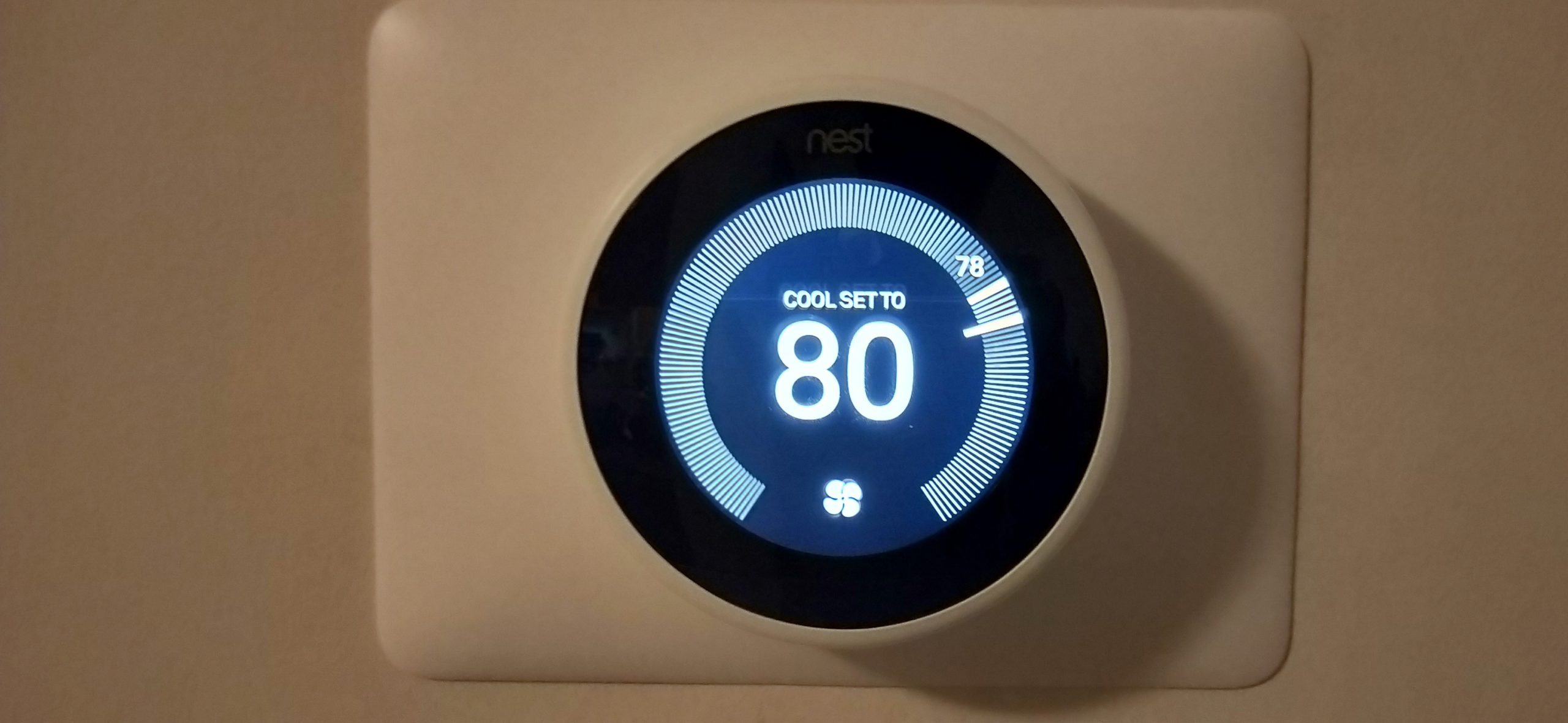Ever wonder where you were three Tuesdays ago at 2:47 PM? Google knows. Down to the minute, the exact route you took, and how long you stayed. Hidden in plain sight at timeline.google.com lies a digital diary so detailed it would make your therapist uncomfortable—a timestamped record of every place you’ve been while carrying your phone.
Your Phone Is a Walking Surveillance Device
Google Timeline transforms your daily movements into a comprehensive digital footprint.
Google Timeline captures everything:
- Your morning coffee run
- That awkward detour past your ex’s apartment
- The 47 minutes you spent at Target buying “just shampoo”
It logs routes, arrival times, departure stamps, and even the speed you were traveling. This data feeds directly into advertising profiles, and has historically exposed innocent people to law enforcement scrutiny through geofence warrants—digital fishing expeditions that swept up anyone near a crime scene.
The scope feels dystopian until you realize how casually we traded this privacy away. Every Google Maps search, every “Where’s my car?” panic—we handed over our movement patterns like signing a terms of service agreement.
Google’s Privacy Makeover Comes With New Risks
The tech giant’s recent changes offer more privacy but create potential data loss scenarios.
Responding to mounting pressure, Google shifted Timeline data from its servers to your device in late 2023. Your location history now lives locally, with cloud backup requiring manual activation. The company also reduced default auto-delete from 18 months to just three months.
This creates a new problem: data loss. Reset your phone without backup enabled? Years of data vanish. It’s privacy through deletion—effective but permanent.
The Business Behind Your Breakfast Route
Your movement patterns generate billions in advertising revenue for Google.
Google didn’t build this system for your nostalgia trips. Your movement patterns reveal shopping habits, lifestyle preferences, and behavioral predictions worth billions in advertising revenue. That weekend farmers market visit? It signals organic food interests, higher income brackets, and health consciousness—data points that make your digital profile incredibly valuable.
Taking Back Control
You can pause, delete, or completely disable location tracking through Google’s settings.
Visit timeline.google.com to confront your digital shadow. The interface feels like scrolling through a surveillance report starring you. From there, you can:
- Pause tracking
- Selectively delete embarrassing detours
- Nuke the entire timeline
Your location data tells stories you might not want written. The choice to keep authoring them—or burn the manuscript—remains yours.




























